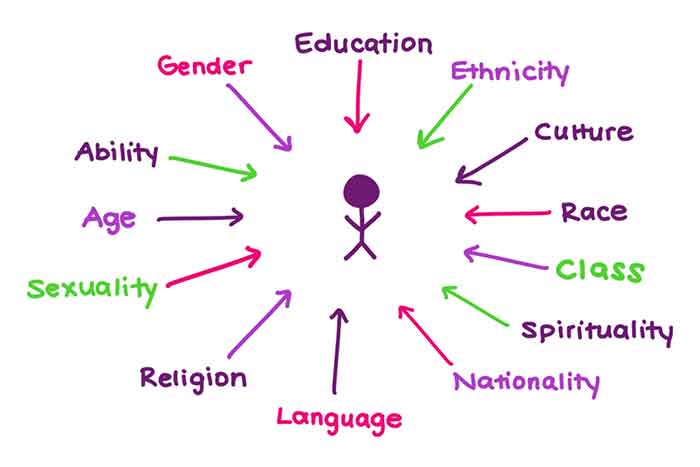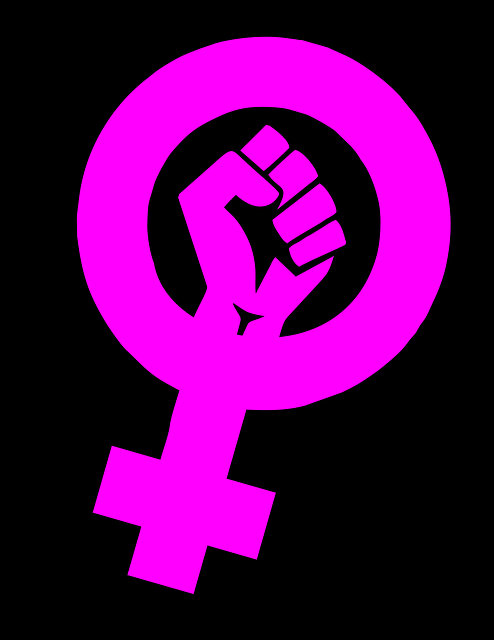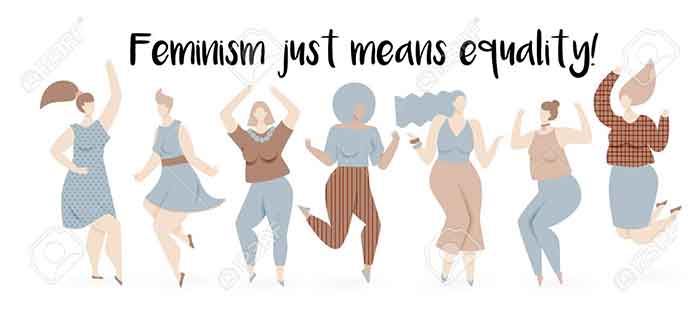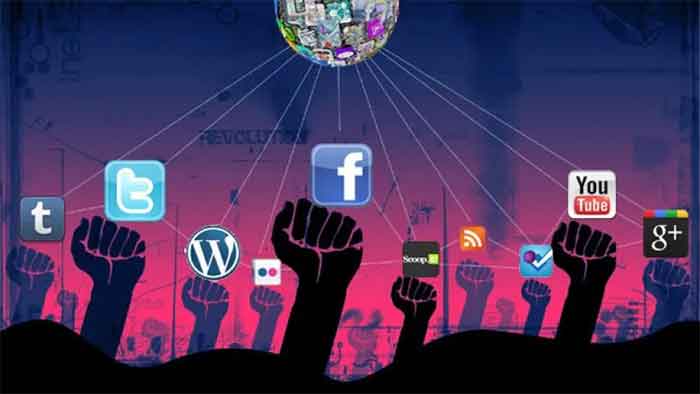
Intersectionality Theory was first developed in 1970-80 by a group of African-American feminist activists who accused the women’s movement of abandoning Black women. Discriminatory evils like racism and sexism aren’t separate systems, they cross paths and overlap into a complex convergence of oppression.
Given the pretext of India, underneath the veneer of freedom and opportunity, there exists a rigid system of self-serving privilege and domination. A Brahmin woman is privileged by her caste but penalized for her gender. A Dalit man suffers from his caste but garners advantage for his gender. A Dalit woman is in double jeopardy, she is disadvantaged by both caste and gender. The construct of intersectionality is an all-encompassing theory of human realities structured by the society.
It’s important for the ones hailing from privileged groups to not only check their privilege but listen to those who are marginalised. I, for example, am a straight, Brahmin, middle class, city dweller- which means I don’t have to face the challenges that many women do. I must recognize my privilege, for starters and walk the talk of empathising with the struggles of other women. If anything, I’ve faced discrimination on the basis of my gender. Heterosexual men seem to have been raised into believing their privilege is natural, and that it is okay for women to face oppression because the deficit lies in them- they are inept at doing what men consider their forte.
The ire of the upper-caste towards the reservation policy for backward classes is a testament to the socio-political power that the upper-caste tends to wield, the ecosystem of which entails women too. Caste is often found to override gender identities. Dalit women are prone to oppression aimed at subjugation of their voices, more than other women throwing light upon how caste and gendered violence are inextricably linked. Therein, arises the need for the likes of us to recognize our privilege that guards us from what these women face.
I had to face the barrels of institutional sexism as a child. People identify cricket as a contact sport which it isn’t. It’s about timing. Back in school, I was keen on playing cricket. Not that I was great at it, but I wanted to learn. I had a tough time coercing the Physical Education teacher into letting the girls play. On some days we were told “we don’t have many bats to give you” and handed over the one with a chipped shaft and broken handle to which we agreed; while on others, we had to hear there’s no space for us because the boys are playing. We were constantly ridiculed by the boys for seeking interest in what was invariably a ‘manly sport’. They used to say “you can’t lift the bat”.
I was more bewildered than hurt. I didn’t understand why we, the girls, are having to embroil ourselves in the fight for our spot on the ground that is as much ours as it is theirs. Back then, I could not find myself an answer. Today, I certainly do. Women are conditioned to not engage in physical activities as much as men from a very early age. The society is engineered to believe that a woman can’t equal a man.
What binds the woman of today is not only a toxic sexist culture but also her strides towards a gender-neutral society. The very popular ‘bus scene’ of Netflix’s Sex Education exemplifies this. As Aimee grapples with the fallout of sexual abuse, all other female characters, putting aside ethnic and cultural differences bond over their own experiences of sexual assault- the only commonality they could settle on. It beautifully captures how female solidarity helps Aimee overcome her fears and get back to being who she is.
Intersectionality makes the feminist movement inclusive of ‘all women’- women of all colour, religion, caste, financial standings and sexual orientations.
Intersectional feminism should apply to ‘all women’ without being intolerant to any. A great section of radical feminist rhetoric fails at taking into account the likes of Right-leaning women and involve routinely berating them instead. It’s crucial to understand that these women have voluntarily accepted into being a part of a system that normalises patriarchal customs in order to preserve the existing hierarchies of the society. They are the biggest victims of caste and gender based oppression. They are incapacitated by their immediate surrounding and take it as a given. Hounding Right-leaning women is not wise and nothing on the face of this earth justifies violence against them for holding the beliefs that they do. The fundamental understanding that patriarchy stems from the tenets of conservatism cannot be ruled out. One cannot effectively fight one without fighting the other.
Feminism needs to be intersectional for men as well- men of all colour, creed, socio-economic positions, Trans-men and men from the LGBTQ+ community.
To sum it all up, Intersectional feminism acknowledges the fact that identities recognized by the society do not exist in a vacuum and makes the fight for gender equality more inclusive.
Pritha Bhattacharjee is working in a corporate firm and is interested in feminist writing. Facebook https://www.facebook.com/pritha.bhattacharjee.98















































